The use of peat as fertilizer at their summer cottage
Summer residents are paying more and more attention to the organic component of fertilizing grown crops. Peat as a fertilizer maintains a leading position along with manure and compost. However, it is worth paying attention to the peculiarities of using this type of organic matter, so as not to harm the area, vegetables and fruits growing on it.
Types of peat and their use
Three types of peat - high-moor, lowland and transitional - differ in composition, acidity and, accordingly, in the field of application.
General characteristics of the riding species:
- 95% are non-decomposed plant residues;
- pH value - 3.5-4.
High-moor peat is not used as a fertilizer. It is an integral part of conventional compost, container substrate, greenhouse beds, mulch.
The lowland species is characterized by the following indicators:
- 95% of plant residues, completely or partially decomposed;
- pH 5.5-7.0;
- nitrogen content - up to 3%, phosphorus - 1%.
The high humus content makes it possible to use lowland peat as fertilizer to reduce soil acidity.
The transitional form is also used to increase fertility and improve the structure of the soil in the garden.
In areas with fertile soil, peat fertilizer is not used. It is used on sandy or clayey poor in organic matter, as well as on depleted soils.
It is not worth considering peat as an independent fertilizer, since there are few minerals in it.
How to feed the soil with peat?
Peat, introduced into the soil, decomposes very slowly, so the terms of feeding are "floating" - from early spring to late autumn. Often, summer residents scatter it in the winter, directly on the snow.
Before using peat, it is ventilated - poured into piles in the open air, kept for at least a week. This is necessary so that toxic substances are completely disintegrated. When ventilating, the moisture content of the material is monitored, the lower permissible limit is 50%.
Fertilizers from peat
Peat-based fertilizers have a positive effect on the soil, improving its characteristics such as moisture and air permeability. They lower the content of nitrates, neutralize the effect of pesticides. The presence of humates and amino acids has a beneficial effect on the development of horticultural crops.
Peat compost
The most common fertilizer made from peat at home is peat compost.
The preparation method is quite simple, provided that the main rule is observed - the maximum height of the compost heap does not exceed one and a half meters.
- Block off the site 2x2 m.
- Spread the peat in a layer of 25-30 cm.
- Pour sawdust 10 cm.
- The next 20-centimeter layer is various organic residues (tops, undersized straw, food waste) mixed with garden or garden soil.
- Then manure is spread to a height of 20 cm, on top - 30 cm of peat.
- The sides of the heap are covered with earth, and polyethylene is placed on top.
- Make sure that the compost being prepared does not dry out. Periodically watered with water superphosphate at the rate of 100 g of fertilizer per 10 liters of water.
Manure can be replaced with dry bird droppings (available from specialist stores). It is diluted in water at the rate of 2.5 kg per 10 liters.
The compost is stirred several times during the summer and autumn so that the fermentation process takes place evenly. For the winter, compost is insulated with foliage, spruce branches or other mulching material.
Peat compost is ready for use in a year and a half.
Peat-fecal compost is also prepared:
- peat is aired;
- bring its humidity to 70%;
- under a canopy spread with a layer of about 45-50 cm, make recesses;
- liquid mullein or bird droppings diluted with water are poured into the pits, covered with peat;
- the sides are covered with soil;
- when the top layer dries, pour water over it.
Such compost matures for 12 months.
If possible, compost is prepared from only two components - peat and manure, laying them out in layers. This "layer cake" is regularly spilled with herbal infusions.
The soil is fertilized with ready-made compost in the same way as with manure or humus: it is scattered over the beds, laid out in the trunks of trees and shrubs. 10 m2 beds require 10 to 20 kg of peat compost. The amount depends on the level of soil fertility and the need to improve its structure. A 5–6 cm layer is formed in the landing holes or near the trunk zone.
When using peat not purchased through official outlets, the degree of decomposition of its components is assessed. To do this, squeeze a handful of substances, hold them over a sheet of white paper. The degree of decomposition is determined by the color of the trace:
- there is no trace or it is barely visible - up to 10%;
- yellow, light gray or brown trace - 20-35%;
- smooth saturated gray, brown or close to black trace - 35-50%;
- thick, dark colors of a smear or a dark spot on the hand - above 50%.
Peat extract
The hood is the result of electro-hydraulic peat processing. It is used when there is no need to change the structure of the soil. It is very difficult to cook on your own, since special equipment is required. Purchase ready-made liquid fertilizer in garden centers. The advantage of the extract is a high nitrogen content, additives in the form of mineral salts. Usually used for leaf dressing, preparation of seed and planting material.
Peat oxidate
The fertilizer, developed by specialists from Belarus, is produced by the domestic industry. It is a liquid with a 4% peat content. The concentrate is completely safe for people, animals, does not cause time to the environment.
Pre-treatment of seeds, bulbs, tubers contributes to the development of a powerful root system. Serves as excellent protection against scab and rot. Top dressing increases the stress resistance of crops, their drought and cold resistance.
Using industrial peat fertilizers for their garden, they carefully study the instructions for use. For various vegetables, berries, flowers, the method of application and the concentration of the working solution differ.
Several examples of the use of peat oxidate:
- potatoes - pre-planting treatment of tubers with a solution of 50 ml of the drug in 4 liters of water;
- cucumbers - seed soaking and foliar feeding at the rate of 1 ml per liter of water;
- roses are watered during the formation of buds with a composition of 40 ml / 10 l;
- for indoor plants, a solution of 4 ml of the product and 1 liter of water is prepared, watered at the stage of active growth every three weeks.
Peat when growing potatoes
To feed potatoes, peat organic matter is used according to one of the following options.
In clay or sandy soils per square meter of area, 30-40 kg of raw materials are introduced in spring or autumn before cultivation. In this case, peat feeds the soil, structures it by adding a loosening component to the clay or a moisture-absorbing component to the sand.
On soils of low fertility, peat compost is used, adding 10 kg per square meter for autumn or spring digging.
The term for adding peat compost depends on the type of soil. The heavy ones are ennobled in the fall, the lungs are fertilized in the spring, best of all, at the same time as planting the tubers, pouring them into the hole along with wood ash.
Faced with the need to radically replace the soil in a garden or vegetable garden, summer residents are faced with a choice - peat or black soil, which one should they prefer? Practice shows that with the same material costs, the first option is preferable, since its consumption is lower.In addition, chernozem is usually "charged" with pathogens, pest larvae, seeds of hard-to-eradicate weeds. Bottom or transitional peat in this respect is sterile and will not cause much trouble for the owner.
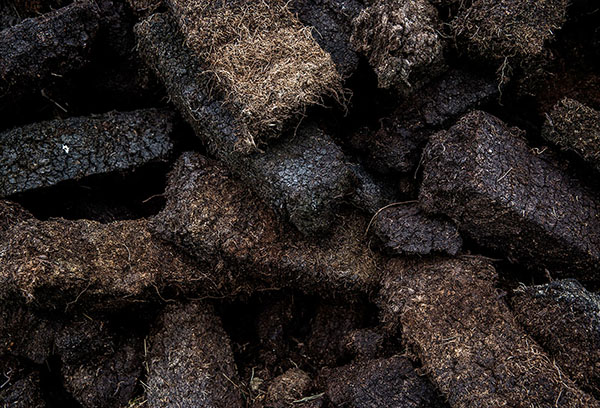
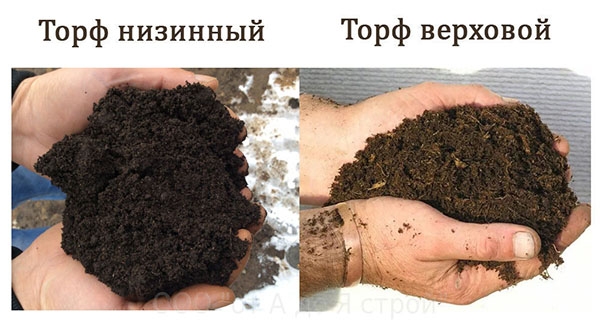
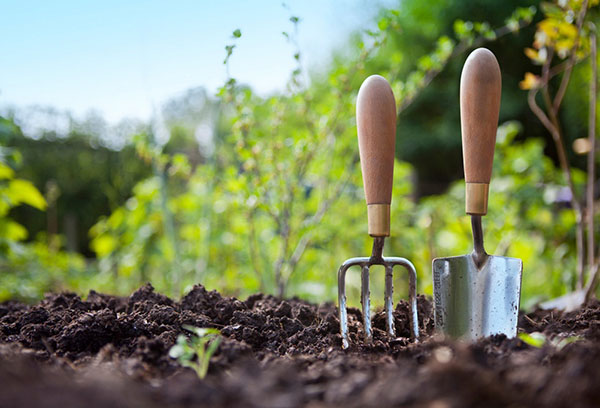

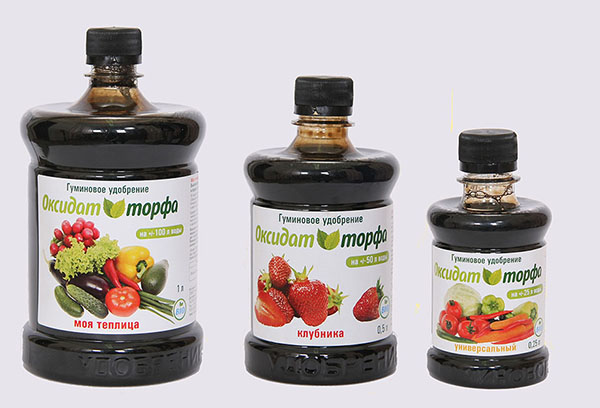
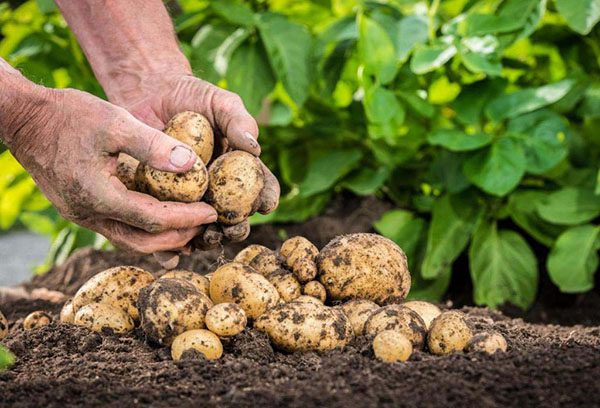
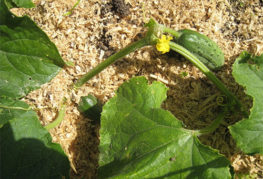
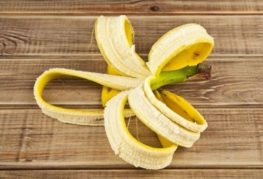
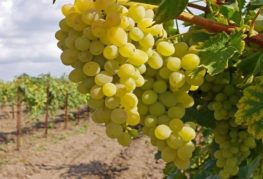
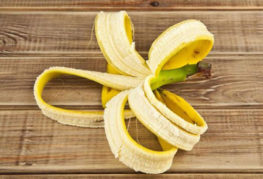
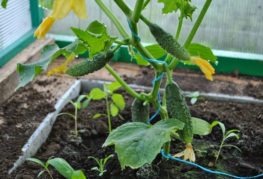
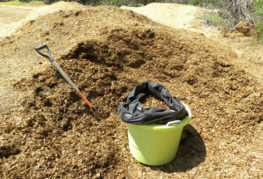
and will be published shortly.